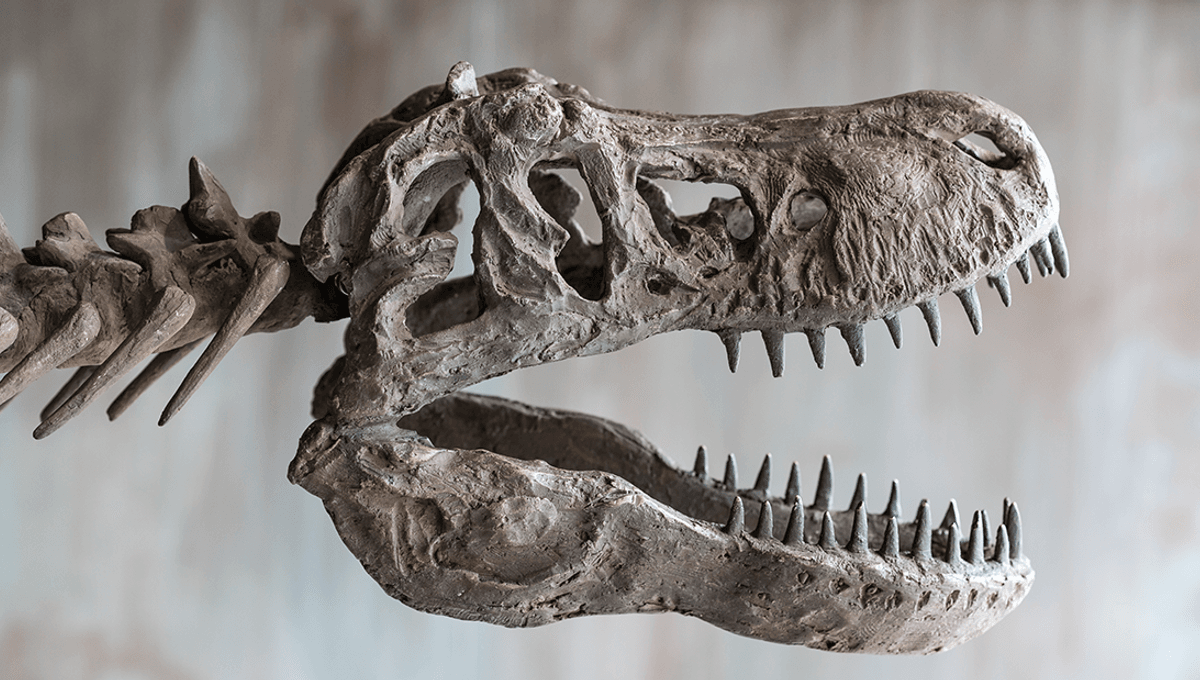Prepare to have your mind blown by a conspiracy theorist who challenges your critical thinking skills with a mind-boggling question: “If dinosaurs actually existed, wouldn’t their bones be everywhere?”
Now, before we dismiss this as a wild theory, let’s dive into the fascinating world of dinosaur fossils. While it may seem strange to disregard the overwhelming evidence of their existence just because we haven’t found bones in every nook and cranny, it’s still an intriguing question. And guess what? It has been answered numerous times for those who prefer to consult Google before hitting the record button.
Let’s start with the undeniable fact that dinosaur fossils have been discovered on every continent. Now, they may not be evenly distributed across the globe, but that’s not because of some elaborate scheme to scatter bones from Montana to deceive us. The truth is, fossilization is an incredibly rare process that only occurs under specific conditions.
When an animal dies, for it to become fossilized, it must be swiftly buried by sediment and then covered by multiple layers over time. As the pressure mounts, the bones are compressed and transformed into sedimentary rock, with minerals seeping into them.
Now, here’s the catch: this burial process requires sediment to accumulate on top of the animal’s remains. That’s why most fossils are found in marine environments, where sand and mud can easily cover the bodies. Dinosaurs that perish on land have a much lower chance of becoming fossilized.
According to experts, some dinosaurs met their fate just before an area flooded, burying their remains in mud and silt. Others were washed into rivers during heavy rainfall. It’s a fascinating process that explains why we find dinosaur fossils primarily in certain locations.
Imagine if we could stumble upon dinosaur bones everywhere we went. Unfortunately, due to the specific conditions required for fossilization, there are likely countless species that will forever remain hidden from us.
As one study in 2006 estimated, a staggering 71 percent of dinosaurs are still unknown to us. Some dinosaurs that lived in mountainous regions could potentially be swept down to riverbeds where fossilization occurs, but this is far from common. Consequently, our knowledge of their unique adaptations is limited.
“While animals in these areas may have had lowland relatives, it’s quite possible there were small clades specialized to environments where they were unlikely to become fossils,” explained Karen Poole, a paleontologist from the New York Institute of Technology, in an interview with the Smithsonian.
In conclusion, dinosaurs have been found in various locations around








